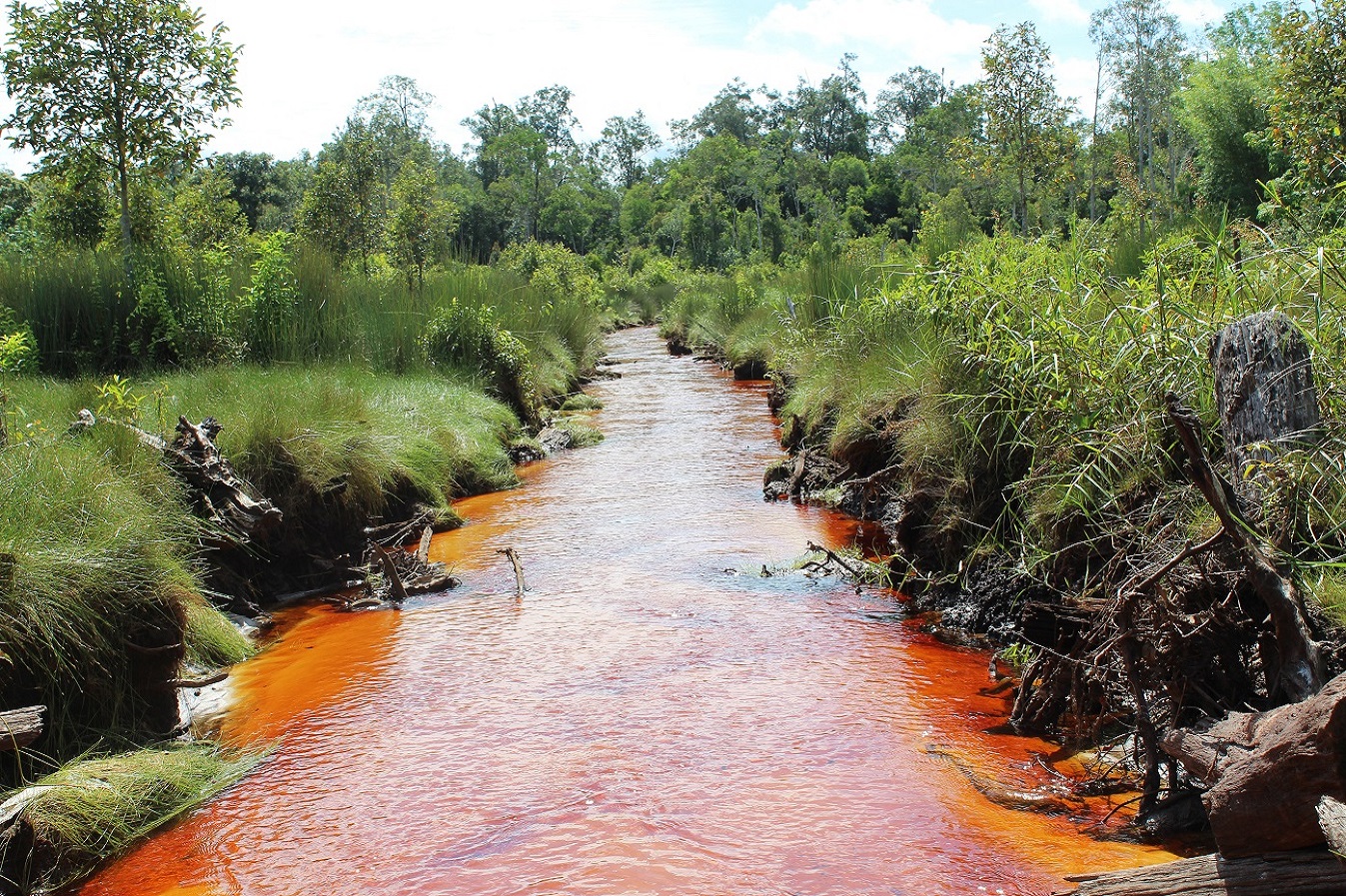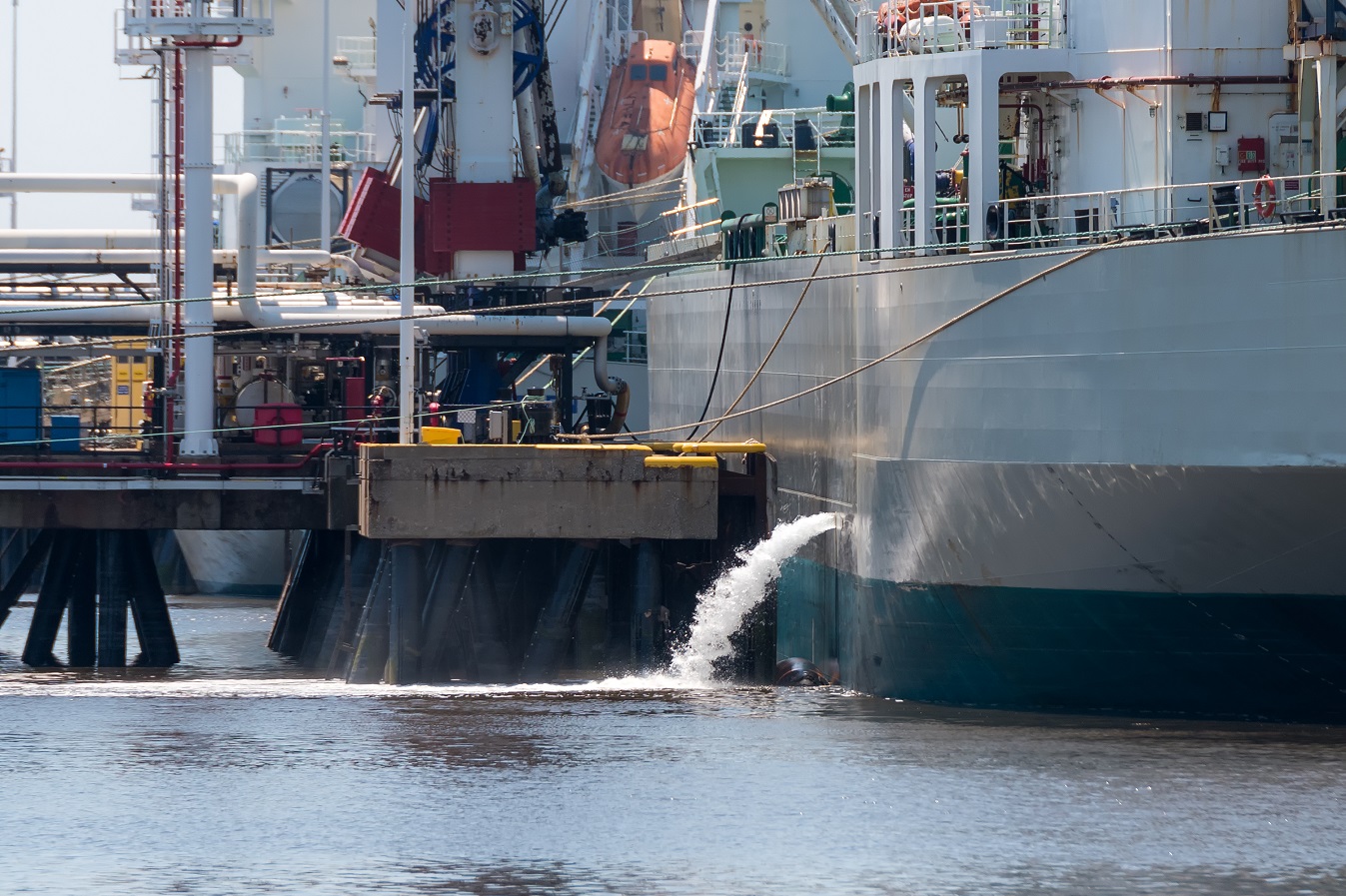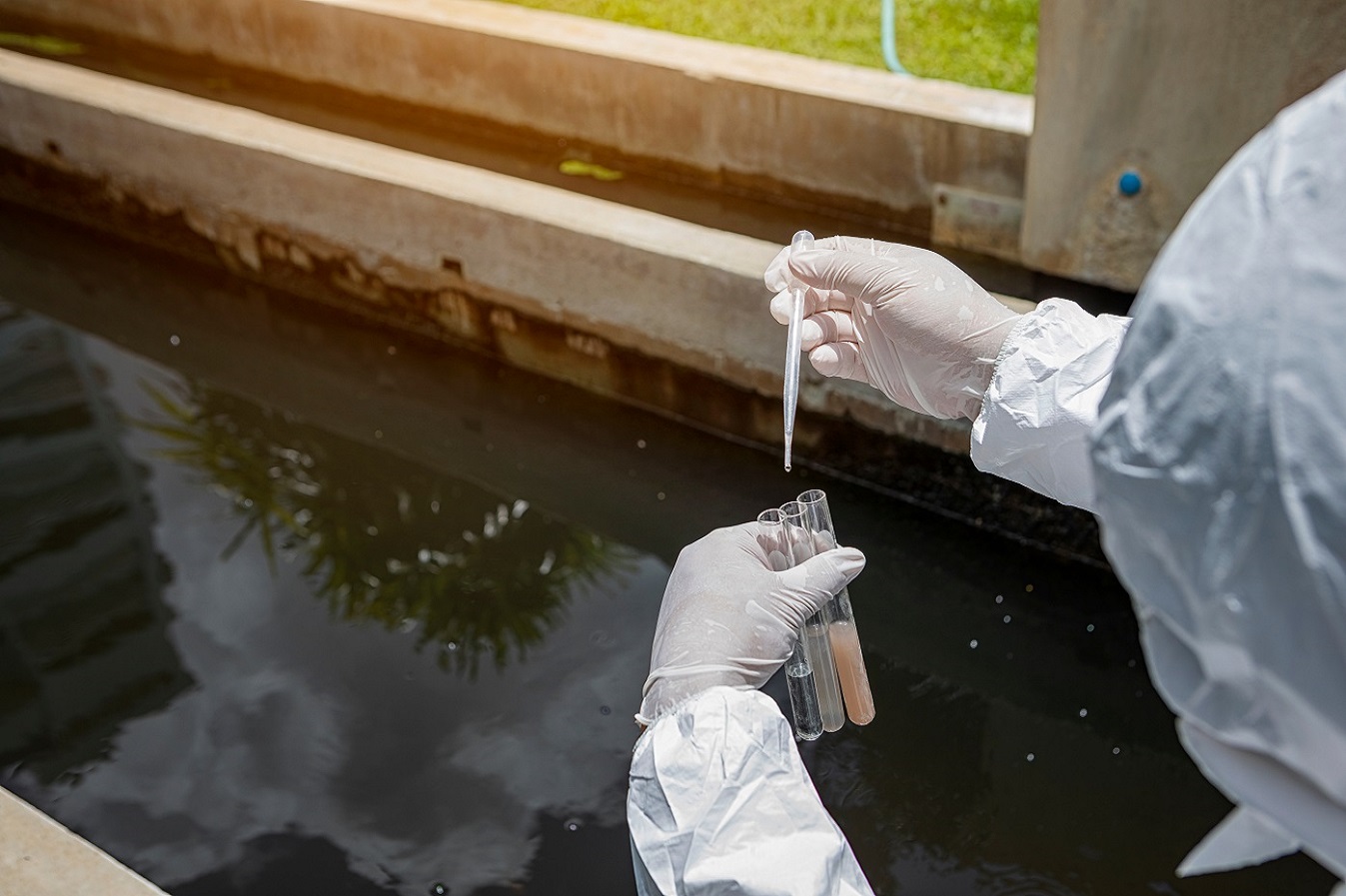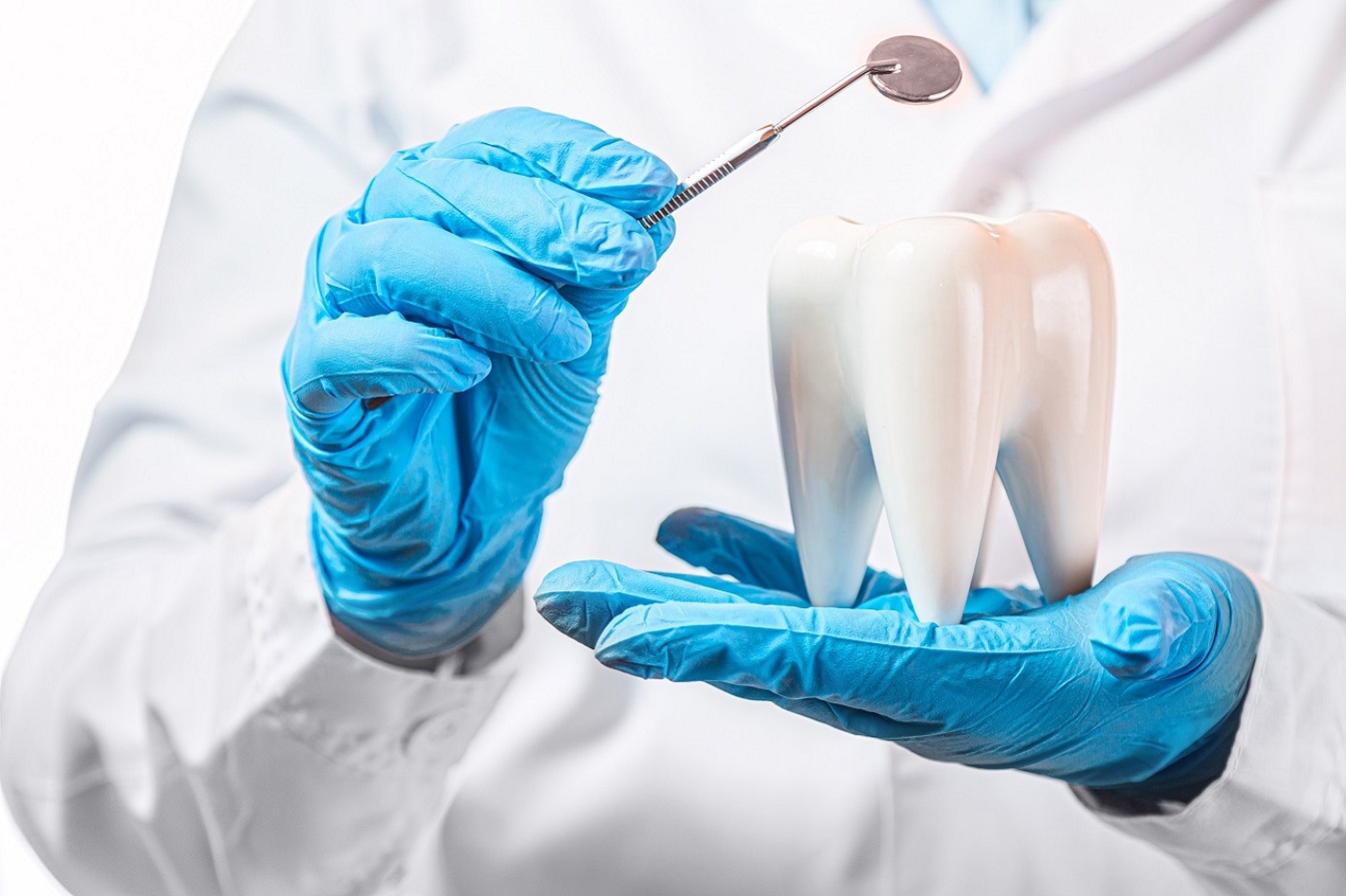Slaughterhouse wastewater treatment
TERMECA with a certain concentration can destroy all living organisms in Slaughterhouse wastewater the treatment also reduces the smell of sewage and removes the degree of turbidity of wastewater and in the end, it turns into pure water for industrial and agricultural purposes.

Wastewater from slaughterhouses, having a very high organic load including blood, nitrogen and phosphorus in the form of suspended or dissolved particles in water, etc., causes pollution of surface and underground water, the spread of pathogenic bacteria and viruses, and the accumulation of vermin (such as moues) and human health. It threatens severely. Also, the release of this wastewater in nature causes adverse effects on the environment (death of aquatic animals and aquatic plants, air pollution caused by burning animal bones).
The source of wastewater production in husbandry and poultry slaughterhouses is the slaughtering of animals, washing of organs and washing of the ground and employees' sanitary services. Wastewater from slaughtering animals and washing carcasses of sheep, cows, and chickens contains fat, blood, liquids, and solids inside the animal's body, which generally has a high pollution load, dull colour, and offensive odour.
In advanced countries, anaerobic reactors are used as the main technology for food industry wastewater treatment. However, effluents from anaerobic reactors mostly do not comply with legal and environmental requirements. Therefore, a chemical process to remove organic substances, nitrogen and phosphorus in these reactors is very important.
In our country, one of the methods that can be used to treat slaughterhouse wastewater is chemical treatment.
In wastewater treatment plants, chemicals such as chloroform and various types of polymers are used to affect insoluble and colloidal foreign substances or soluble substances in wastewater. Apart from this, chemicals such as chlorine are used to disinfect and kill the microbes in the sewage and also to reduce the smell in the sewage treatment plant. Using chlorine is the cheapest method of wastewater disinfection, but there is a problem of bacterial resistance in the disinfection and disinfection of wastewater, as in other cases.
This problem increases the amount of chlorine consumption. In addition to environmental problems, increasing the dose of chlorine is also harmful to the health of the employees of the treatment plant.
TERMECA with a certain concentration can destroy all living organisms such as bacteria, viruses, fungi, and even bacterial spores better than chlorine in the treatment of Slaughterhouse wastewater.
Furthermore, TERMECA reduces the smell of sewage and removes the degree of turbidity of wastewater and finally, after disinfection wastewater, it turns into water and carbon dioxide, as a result, water that is used for industrial, agricultural and even washing purposes after purification is free of harmful effects despite chlorine.
The source of wastewater production in husbandry and poultry slaughterhouses is the slaughtering of animals, washing of organs and washing of the ground and employees' sanitary services. Wastewater from slaughtering animals and washing carcasses of sheep, cows, and chickens contains fat, blood, liquids, and solids inside the animal's body, which generally has a high pollution load, dull colour, and offensive odour.
In advanced countries, anaerobic reactors are used as the main technology for food industry wastewater treatment. However, effluents from anaerobic reactors mostly do not comply with legal and environmental requirements. Therefore, a chemical process to remove organic substances, nitrogen and phosphorus in these reactors is very important.
In our country, one of the methods that can be used to treat slaughterhouse wastewater is chemical treatment.
In wastewater treatment plants, chemicals such as chloroform and various types of polymers are used to affect insoluble and colloidal foreign substances or soluble substances in wastewater. Apart from this, chemicals such as chlorine are used to disinfect and kill the microbes in the sewage and also to reduce the smell in the sewage treatment plant. Using chlorine is the cheapest method of wastewater disinfection, but there is a problem of bacterial resistance in the disinfection and disinfection of wastewater, as in other cases.
This problem increases the amount of chlorine consumption. In addition to environmental problems, increasing the dose of chlorine is also harmful to the health of the employees of the treatment plant.
TERMECA with a certain concentration can destroy all living organisms such as bacteria, viruses, fungi, and even bacterial spores better than chlorine in the treatment of Slaughterhouse wastewater.
Furthermore, TERMECA reduces the smell of sewage and removes the degree of turbidity of wastewater and finally, after disinfection wastewater, it turns into water and carbon dioxide, as a result, water that is used for industrial, agricultural and even washing purposes after purification is free of harmful effects despite chlorine.






















_1.jpg)